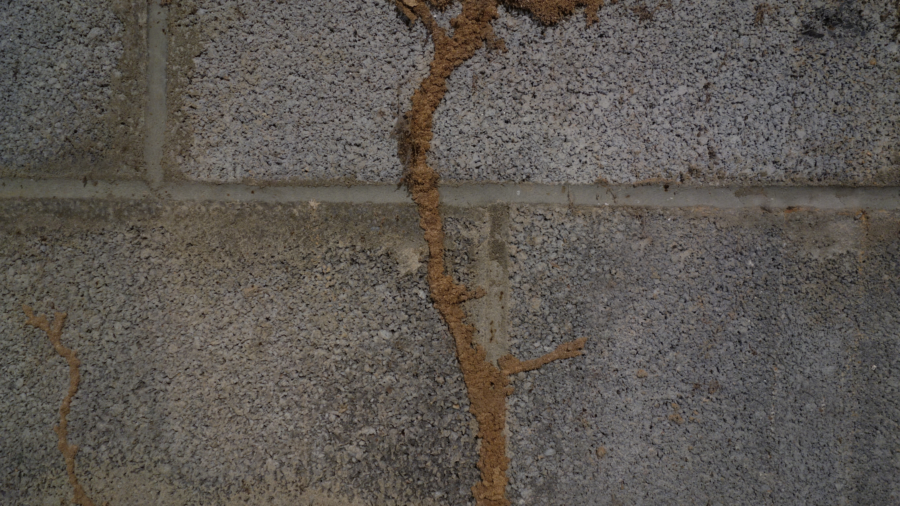Subterranean termites are a significant concern for homeowners in Georgia, causing extensive damage to wooden structures if left untreated. Understanding how to identify these pests, recognizing the signs of an infestation, and knowing the various treatment options available are crucial steps in protecting your home. In this blog, we will explore what subterranean termites look like, the signs of their presence, the best treatments for eliminating them, and essential prevention tips to keep your home termite-free.
What Do Subterranean Termites Look Like?
Subterranean termites are small, creamy-white to dark brown insects, typically about 1/8 to 3/8 inch long. They have soft bodies and are often mistaken for ants, though they can be distinguished by their straight antennae, uniform waists, and wings of equal length when swarming. Identifying these termites correctly is the first step in implementing effective termite control.
Signs of a Subterranean Termite Infestation
Recognizing the signs of a subterranean termite infestation early can save homeowners from extensive and costly repairs. Key indicators include:
- Mud Tubes: Subterranean termites build mud tubes to protect themselves from predators and to maintain a moist environment while traveling between their colony and food sources. These tubes, typically found along foundations, walls, and crawl spaces, are a clear sign of an active infestation.
- Damaged Wood: Termite damage often appears as hollowed-out wood, usually along the grain. Tapping on the wood may produce a hollow sound. You might also notice blistering or darkening of the wood surface.
- Swarmers: Winged termites, or swarmers, are reproductive termites that leave the colony to start new ones. Finding discarded wings around windowsills, doors, or other entry points is a sign that termites are nearby.
- Frass: Termite droppings, known as frass, are tiny, pellet-like substances that termites push out of their tunnels. Finding frass near wooden structures can indicate an infestation.
Best Treatments for Subterranean Termites
There are several effective treatments for subterranean termites, each with its benefits and considerations. Here are the most commonly used methods:
- Liquid Termiticides: Liquid termiticides are applied to the soil around a building’s foundation, creating a barrier that termites cannot cross. This method is highly effective for immediate control and long-term prevention.
- Baiting Systems: Termite baiting systems involve placing bait stations around the perimeter of a home. These stations contain wood or cellulose material treated with a slow-acting insecticide. Termites feed on the bait and carry it back to the colony, eventually leading to the colony’s elimination.
- Foam Treatments: Foam termiticides are injected into wall voids, crawl spaces, and other hard-to-reach areas where termites may be hiding. The foam expands to fill the space, ensuring thorough coverage and effective control.
- Borate Treatments: Borate-based treatments are applied directly to wooden structures. They penetrate the wood and kill termites upon ingestion. This method is often used during the construction phase or for treating exposed wood in existing structures.
Termite Prevention Tips
Preventing subterranean termites from invading your home is crucial. Here are some practical tips to keep these pests at bay:
- Reduce Moisture: Termites thrive in moist environments. Ensure proper drainage around your home, fix leaky pipes and faucets, and use dehumidifiers in basements and crawl spaces.
- Remove Wood-to-Ground Contact: Avoid direct contact between wooden structures and soil. Use concrete or metal barriers between wood and soil to deter termites.
- Seal Cracks and Gaps: Seal any cracks or gaps in your home’s foundation, walls, and roof to prevent termites from gaining entry.
- Store Firewood Properly: Keep firewood, lumber, and other wooden materials at least 20 feet away from your home and elevate them off the ground.
- Regular Inspections: Schedule regular termite inspections with a professional termite control company to catch any signs of infestation early.
Subterranean termites are a serious threat to homes in Georgia, but with the right knowledge and proactive measures, you can protect your property from these destructive pests. Identifying what subterranean termites look like, recognizing the signs of an infestation, and choosing the best treatment method are essential steps in effective termite control. Additionally, implementing preventive measures can help keep your home termite-free. If you suspect a termite infestation, contact a reputable termite control company to conduct a thorough inspection and recommend the best course of action.
By staying vigilant and informed, you can safeguard your home against the costly damage caused by termites.
